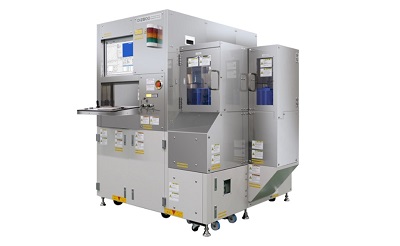[ad_1]
Helping to improve the reliability and safety of semiconductor devices in the IoT and automotive fields
TOKYO, June 3, 2022 – (JCN Newswire) – Hitachi High-Tech Corporation announced the launch of the Hitachi Dark Field Wafer Defect Inspection System DI2800, a critical component in any semiconductor manufacturer’s metrology capabilities. The DI2800 is a high-speed metrology system designed to identify defects and particles on patterned wafers up to 8 inches (200 mm) in diameter. With its high throughput and performance, the DI2800 can help ensure device reliability and safety, particularly for highly sensitive applications such as Internet of Things (IoT) and automotive fields where 100% inspection is required.
 |
| Hitachi Dark Field Wafer Defect Inspection System DI2800 |
Development Background
With the rise of next generation communication networks (5G) and accelerated adoption of electric vehicles in recent years there has been an increase in demand for semiconductor devices in the IoT and automotive fields where reliability and safety are paramount. In conventional semiconductor device manufacturing, spot-check inspections are performed for the purposes of process management and yield improvement. However, for semiconductor devices used in the IoT and automotive fields, 100% inspection must be carried out to help identify defective products during manufacturing to ensure high reliability and safety. To serve these fields a wafer defect inspection system must have the ability to perform 100% inspection with high sensitivity at high speed.
Key Features
Hitachi High-Tech has developed Dark Field Wafer Defect Inspection System DI2800 to respond to these market needs. This product uses scattering-intensity simulation technology to optimize the illumination and detection optics, enabling highly sensitive inspection of patterned-wafer defects developed during the manufacturing process. It has a detection sensitivity of 0.1-micron standard particle size on mirrored wafers. This…
[ad_2]



